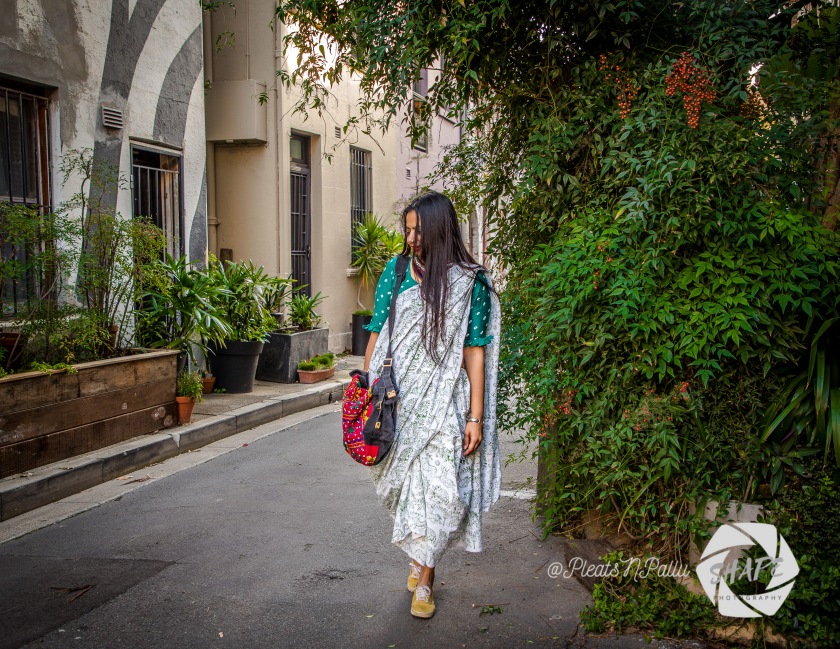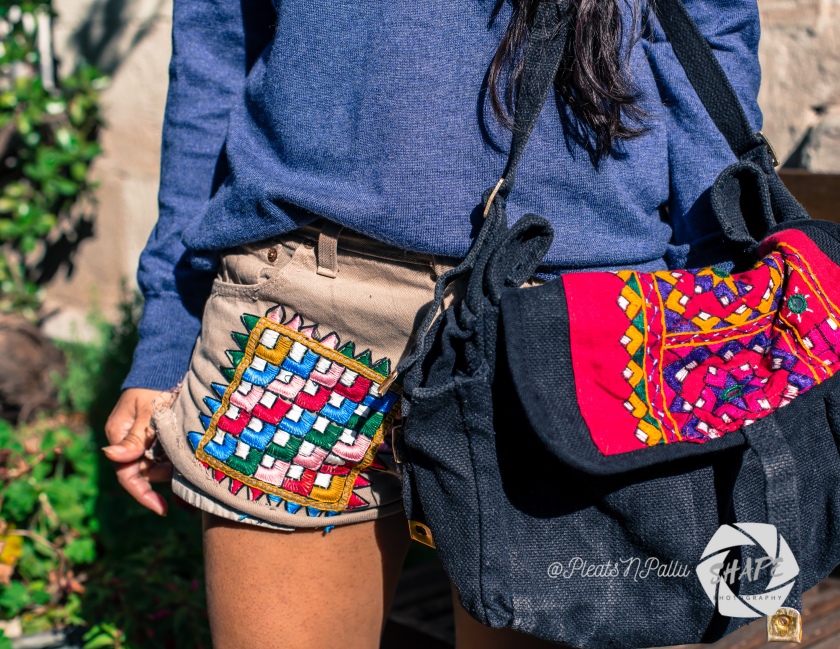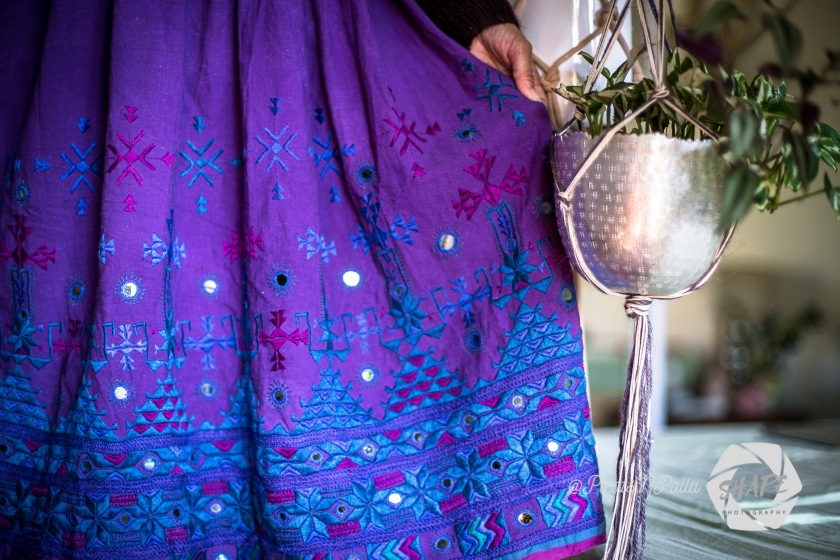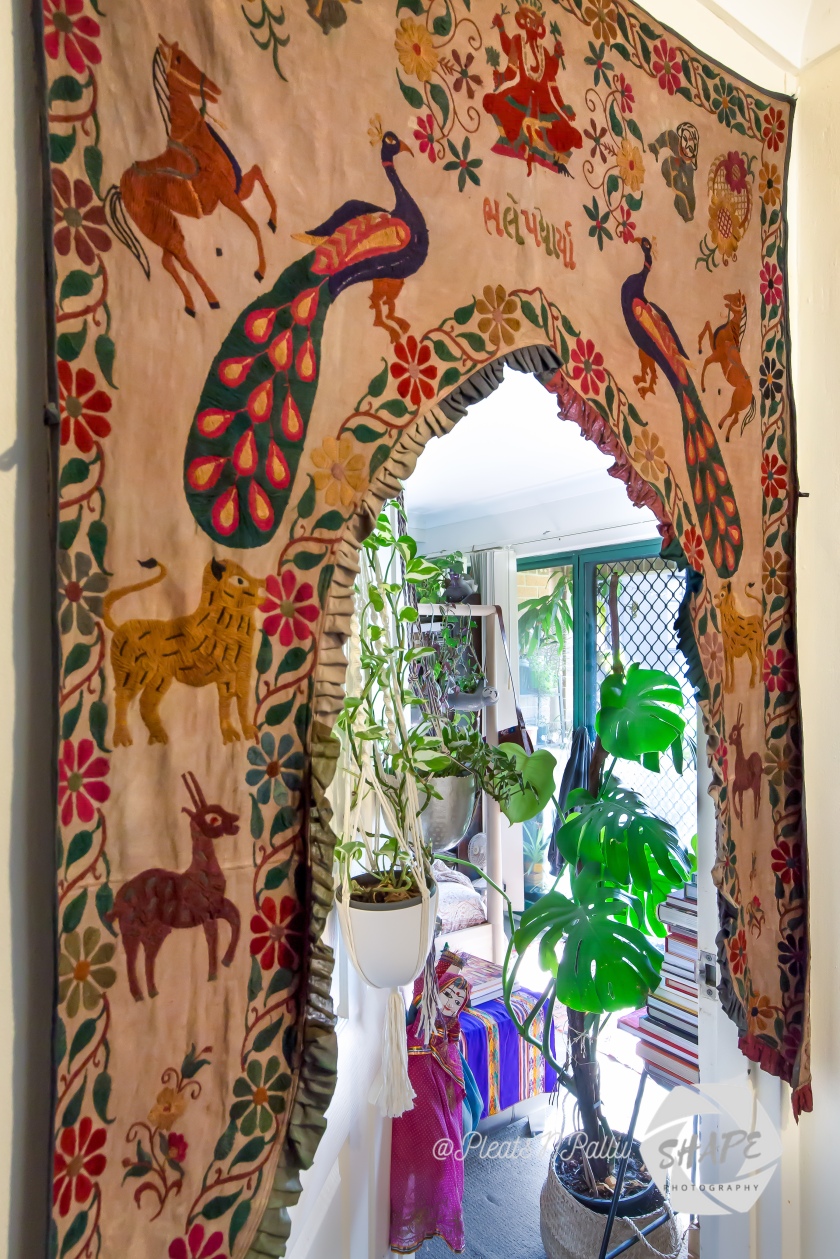Rabari bharat (embroidery) is one of the most famous styles of needle work from the western part of the Indian subcontinent, done by the community’s women.
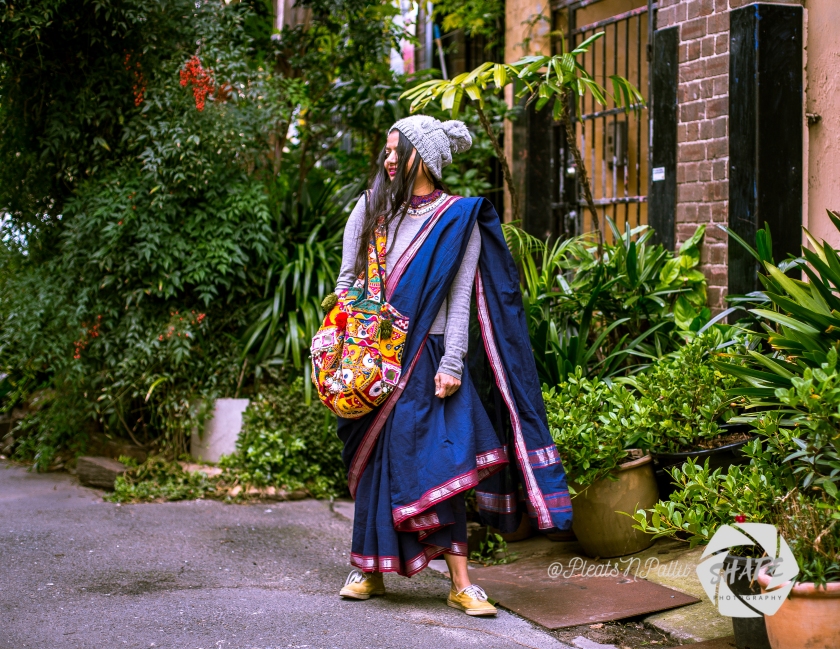
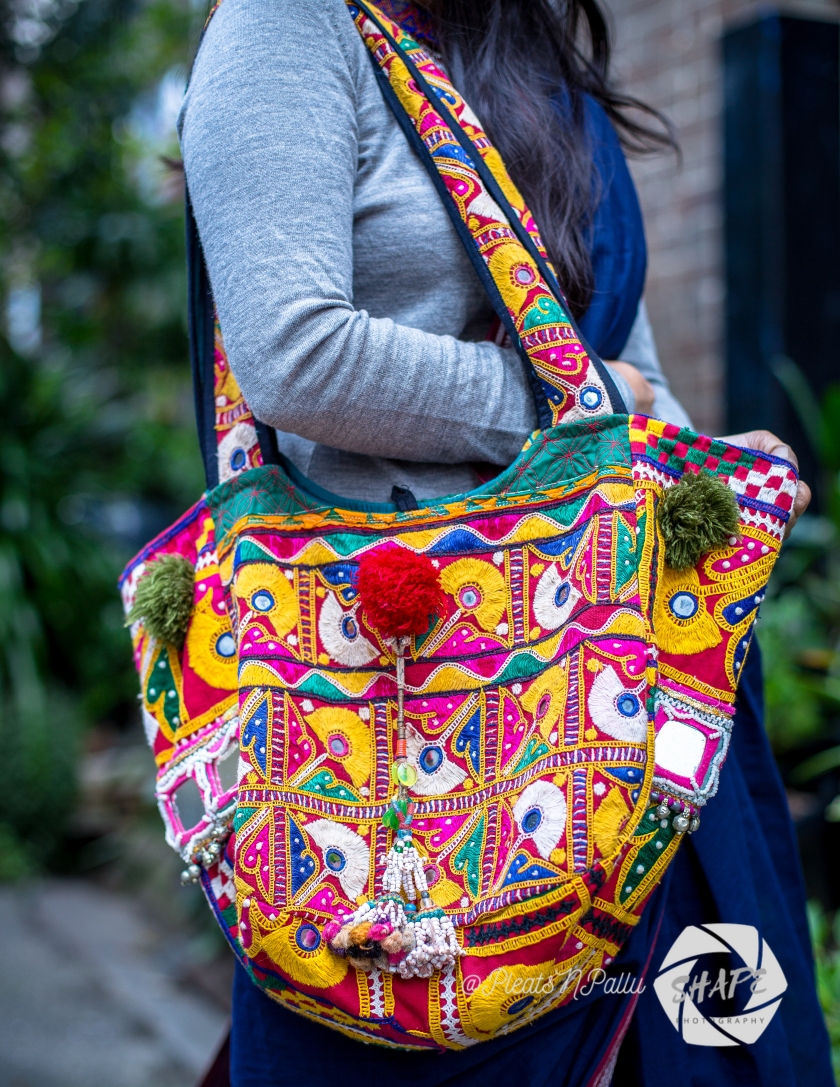
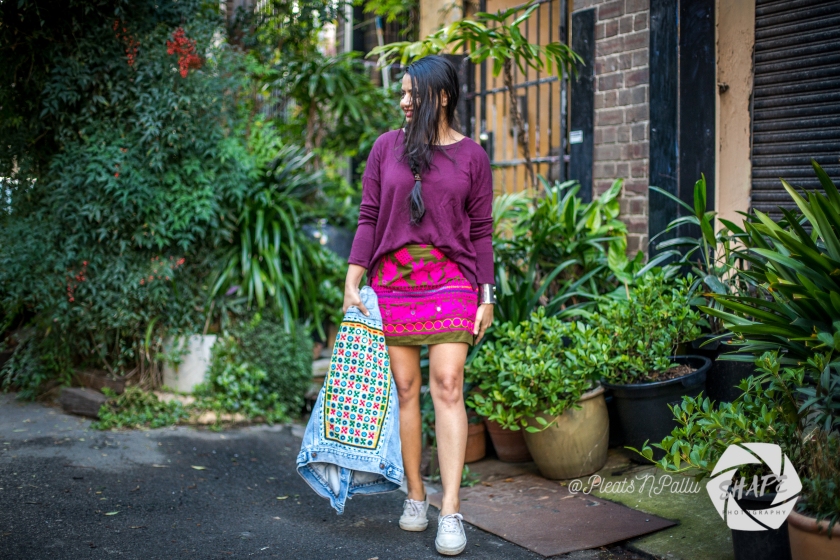
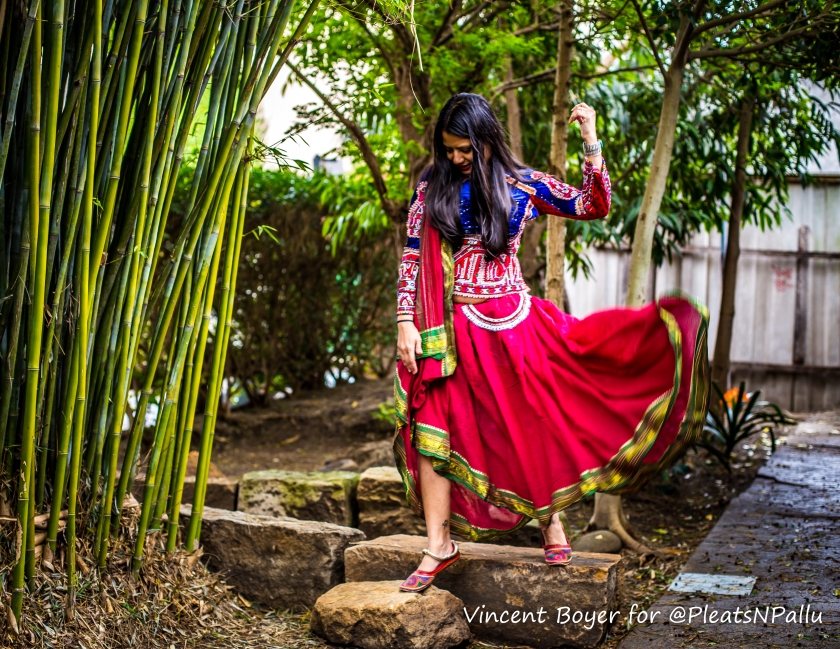
Photos: Vincent Boyer (Say hi on instagram @shape.photos)
This is the second in a series of blog posts discussing the needle work heritage of the Saurashtra and Kutch (also spelt Kachchh), where I will share a glimpse of embroidered textiles from the region that I have bought over the years as well my own creations.
You can find the first post here I recommend that you read that for background information on the area. The rise of commercial embroidery based on the dowry traditions of Rabaris, Ahirs, Kanbis, Mutwas, Jats, Node and a host of other communities has been a distinctive part of Indian arts and crafts scene.
Since the advent of commercial embroidery in the mid to late twentieth century, it has gradually become an important source of income for women. The market for embroidered textiles has transformed the lives of thousands of female artisans in the rural areas of Gujarat .
Rabaris are one of the pastoral communities of the region, they were traditionally camel herding nomads some of whom have now planted roots and integrated into their local communities.
There are various meanings attributed to the word Rabari, one of them is; outsiders, a nod to their nomadic way of life or it could be a synonym for those who make soothing sounds, based on the reassuring way they communicate with their animals or many believe it stands for those who transcend rules and regulations.
The exact origin of the tribe remains unknown due to the lack of written records but many experts believe that they migrated to India from Iran via Afghanistan through Baluchistan around a thousand year ago, although this has been disputed by some, who have cited a more significant connection with the Rajputs of Rajasthan.
The majority of Rabari are spread across the north-western states of India as well as the Sindh province in Pakistan, they include 133 recognised sub castes who follow the Hindu faith. According to tribal myth they were created by Matadevi (Goddess Pavarti), the consort of Lord Shiva.
I have heard multiple versions of the story from different Rabari sub-groups, according to one of them, Parvati cleaned dust and sweat from Shiva as he meditated and moulded a camel from the dirt while in another version, he created the first camel for her as an amusement.
In both versions the camel kept escaping to explore, so folklore suggests Parvati created the first Rabari to mind it. Herding animals is therefore regarded as a near sacred occupation by the Rabari who see themselves as animal custodians rather than owners of their flock.
There are primarily three subgroup of Rabari’s in Kutch whose work I have bought over the years: Kutchi/Kachhi Rabari, Dhebariya Rabari and Vagadiya Rabari. Style of Rabari embroidery varies from subgroup to subgroup.
The main subgroups of Rabaris in Saurashtra that I have bought embroidered textiles from are: Bhopa Rabari, Gohilvadi Rabari and Panchal Rabari.
The Rabari are known for their distinctive artistic aesthetic, particularly the mirrored mud work that adorns the walls in their homes and villages. Outside of Gujarat the women of this tribe are most renowned for their detailed embroidery and beadwork.
They decorate textiles in patterns that subtly highlight significant events, rites and values in their lives, as well as historical events important to the entire clan. This helps to perpetuate the knowledge of their heritage, since they have no written tradition and rely on storytelling via their textile crafts called; gop-sanskrut.
Traditionally unmarried women embroidered elaborate items for their trousseau like batvas (small purse), chakla (wall hanging), toran (door hangings), kachliyo (extensively embellished upper garment for women), chaniya/ ghaghra (gathered skirt), ludi (shawl) kapda (blouses), kothlo/ kothro (dowry sack) married women intricately embellish children’s clothing like zuldi (elaborate upper garment for a young boy), vanzno (lower garment for young and older males), kediyu (an embellished flared upper garment for men), bandi (upper garment for men worn by themselves or under a kediyu), topi (cap), animal trappings, household items and godhiyu (cradle cloths).
Customarily, married women in these sub-groups were forbidden to leave for their marital homes till they completed the detailed embroidery on the items for their trousseaus/ dowry and it is said that many women stayed in their parental homes completing these till they were in their forties.
The phenomenon of women going to their marital homes later in life was blamed for the lowered birthrate in the communities while the passing of time and inflation in both, dowry and bride price, had brought some Rabari communities to the brink of financial and social catastrophe.
Keeping these factors in mind, in April 1995 Rabari Samaj, the governing council of the Dhebaria Rabari community of Kutch banned the making and use of embroidery and the Vagadiya subgroup followed a few months later.
In the decades following the 1995 ban, Dhebarias have completely stopped wearing embroidered clothing and now a bulk of Rabari women wear all black and men wear all white.
Despite them being banned from wearing embellished clothing, many Rabari women in Kutch and Saurashtra create amazing needlework pieces, for government emporiums like Gurjari as well as non-governmental organisations (NGOs) working in the craft development sector.
After the ban on bharat kaam, a massive market opened up for vintage Rabari textiles with collectors from overseas paying a premium to acquire them. These days very few artisans follow the old-style bharat and most just create as per design instructions from those who place the commercial orders.
The first photo above features a Rabari embroidered bag from Saurashtra with prominently placed mirrors and some beaded details worn with a handwoven saree from Srikalulam in Andhra Pradesh. You can look at the bag more closely in the second photo.
The third and fourth photos feature a hand embroidered patch of fabric, again from Saurashtra that I now wear as a skirt and a vintage Levi’s trucker jacket that myself and the boy embroidered during our stint in self-isolation. The design for the patch on the denim jacket is based on an old cushion cover embroidered by Rabari artisans that I was obsessed with when I was younger.
The fifth photo features a vintage embroidered choli that is a wonderful example of the traditional motifs of the Dhebariya Rabari Community from Kutch.
Traditional and current Rabari style of needle work make extensive use of the interlacing stitch locally called bavadiyo or bavaliyo tanka, broad chain stitch (chireli sankli), Herringbone stitch (desi bharat), various kinds of mirror (abhla) work like bandha kaanch (bound mirror), dana (basting), interlaced and normal button hole stitch, double running stitch (bakhiyo tanka) as well as extensive patch and applique work.
There is so much more to share about the Rabari design language and their motifs that I can’t really condense it in one post. I have a few vintage Dhebaria Rabari pieces that I will share in another post along with detailed information on commonly used motifs in this style of hand embroidery.
Fun fact: The mirrors in the Rabari style of embroidery are bigger than most other styles because the tribe believes that mirrors ward off evil, therefore bigger the mirror, the better it is.
If you enjoyed reading this post and want to know more about embroidery styles of the region, I recommend the following books:
1. Threads of Identity: Embroidery and Adornment of the Nomadic Rabaris: Judy Frater
2. The Embroidery and Beadwork of Kutch and Saurashtra: J.M. Nanavati, M.P. Vora, and M.A. Dhaky
I have a few more books on my wish list that I will share in the upcoming blog posts, so keep an eye out for them.
